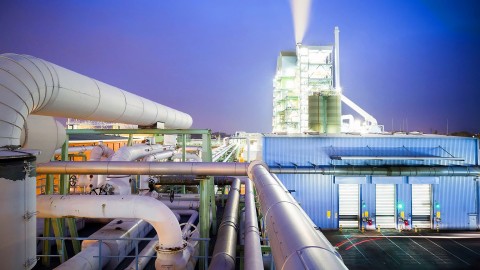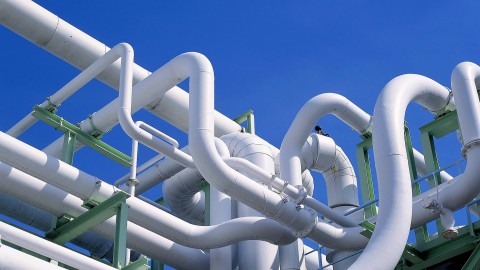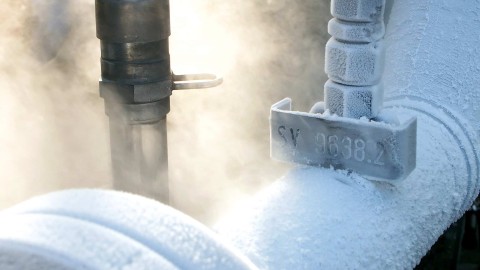R-134a, its properties and alternatives
The following text provides a brief overview of R-134a for operators of equipment that uses R-134a and service providers who work on that equipment. It explains where to obtain further information and assistance as well.
Basic information about R-134a
R-134a (chemical designation: 1,1,1,2-tetrafluoroethane) is a hydrofluorocarbon. Its desirable properties makes it an increasingly popular refrigerant in refrigeration and air-conditioning equipment and many automotive A/C systems.
R-134a is a potent greenhouse gas with a GWP (global warming potential) value of 1,430. In other words, the greenhouse effect of the R-134a refrigerant is 1,430 times the 100-year warming potential of the same volume of carbon dioxide.
Current situation: Shortage and resulting price increase
There has been an enormous increase in the price of R-134a (up to 400 percent and still rising). This trend was set in motion by Regulation (EU) 517/2014, which requires a gradual reduction of fluorinated greenhouse gases with high global warming potential within the EU and a switch to more environmentally friendly refrigerants by 2030.
As a result, R-134a – which is used in the A/C systems of many vehicles – is becoming increasingly difficult to obtain as manufacturers switch to producing more environmentally friendly refrigerants that are not subject to volume restrictions. However, more and more of the refrigerant will be needed for service and maintenance work, and there is a risk of further substantial price increases due to scarcity.
Possible alternatives to R-134a
In addition to growing research into CO₂ technologies, new refrigerants have now been developed with thermodynamic properties that are similar to R-134a’s while also having very low GWP values. Attention is increasingly focused on low-GWP refrigerants that are hydrofluoroolefins (HFO).
R-1234yf in particular is often seen as a possible alternative to R-134a. The GWP value of R-1234yf is 4, which means it has a very low global warming potential. However, it presents an increased risk in industrial refrigeration systems and especially in automotive A/C systems because R-1234yf – like all HFOs – is flammable. Design measures might increase safety.
Overall, the findings to date suggest that the same performance and efficiency can be achieved with R-1234yf as with the old refrigerant R-134a if the system is modified appropriately. However, other solutions will have to be considered because of the flammability issue.
R-1234ze(E) also hails from the group of HFOs. It has comparable advantages but also the same disadvantages as R-1234yf. R-1234ze(E) is mainly intended as a substitute for R-134a in chillers with turbo compressors for large air-conditioning systems. There are several potential alternative HFO refrigerants . However, only a few of these substances meet the requirements for flammability, toxicity, thermodynamic properties and compatibility with other materials and substances.
A non-flammable alternative to R 134a is the refrigerant R 513A (GWP 631) with A1 classification, an azeotropic mixture of R 134a and R 1234yf.




